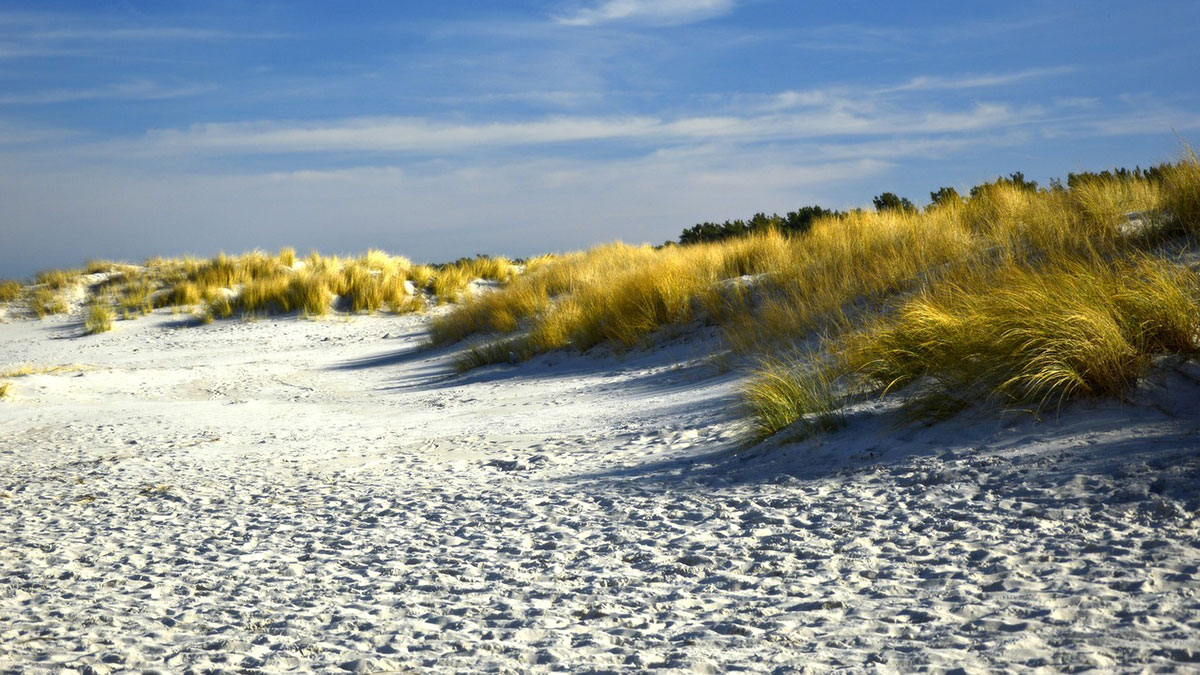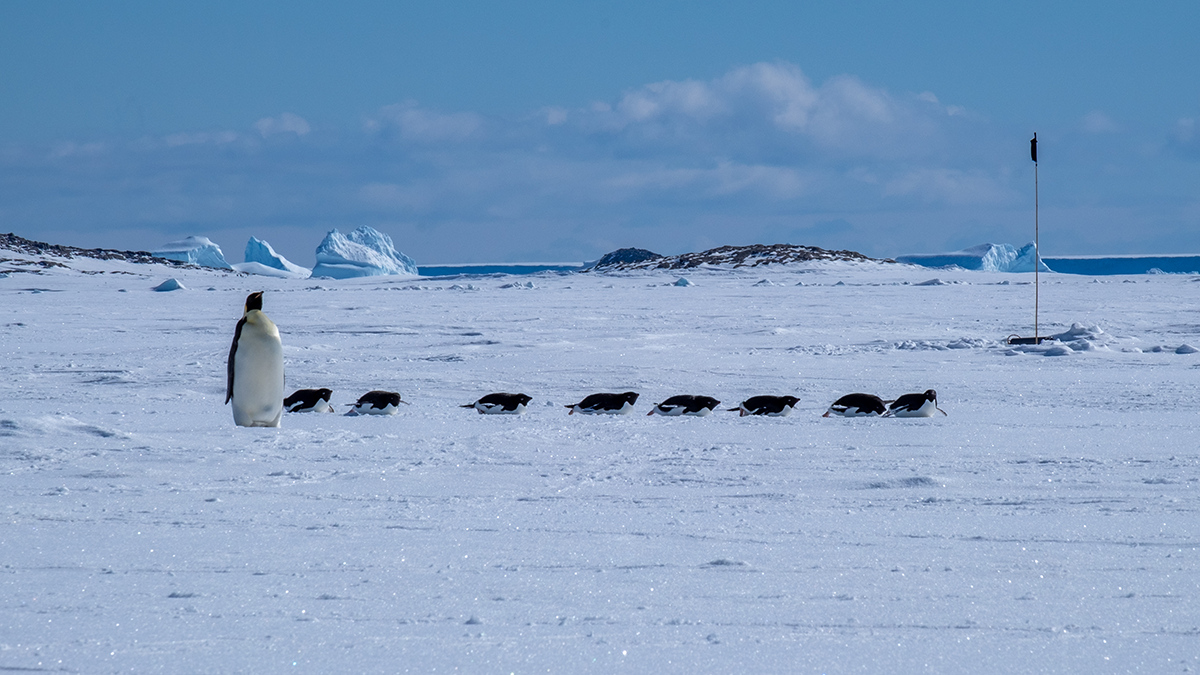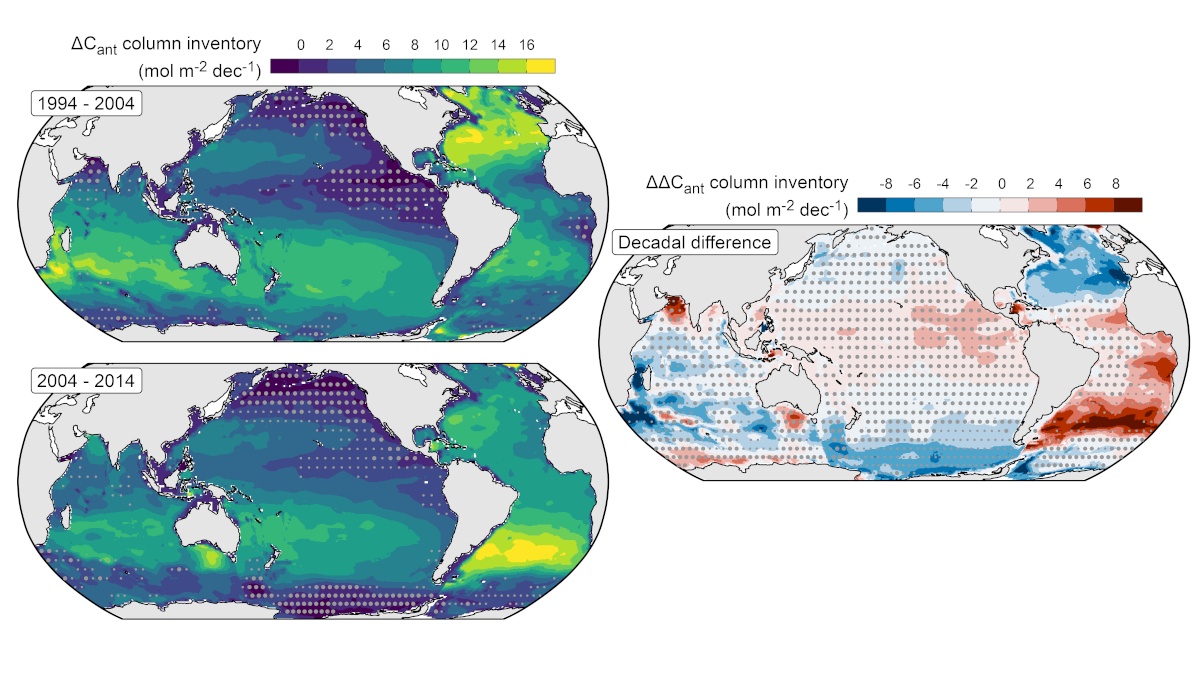The North Water polynya might not be as dependent on a sea ice bridge as previously thought, but not everyone is convinced.
Oceans
Pliocene Conveyer Belt in the Pacific
Ocean Drilling Program cores and helium isotopes put better constraints on the ocean circulation in the north Pacific.
Las plantas construyen dunas pero pueden acelerar la erosión durante tormentas fuertes
Cuando las olas golpean las dunas con vegetación, se forman áreas anegadas frente a las plantas, lo que facilita que la arena sea arrastrada por la corriente más fácilmente. Sin embargo, las plantas aún son necesarias para formar las dunas en primera instancia.
Barnacles Help Reconstruct Drift Path of Malaysia Airlines Flight MH370
Careful calibration of isotopes in a barnacle shell growing on ocean debris – in this case an airplane part – informs a new forensic method to identify its most probable drift path.
Landfast Sea Ice: The Most Important Ice You’ve Never Heard Of
Landfast sea ice, sea ice that is held stationary against the Antarctic continent, links firmly with many key climate processes, but its importance is only being fully realized as its extent dwindles.
More Than Half the World’s Ocean Surface Is Getting Greener
Advances in data analysis help researchers spot shifting ocean colors, which could be associated with climate change.
A Multidecadal View of Oceanic Storage of Anthropogenic Carbon
A decline in the ratio of ocean carbon accumulation to atmospheric carbon dioxide growth between 1994-2004 and 2004-2014 suggests a reduction in the sensitivity of the ocean carbon sink.
Fair Seas for All
Work at sea is key to our science, but, too often, transgender and gender-diverse scientists face obstacles and harassment that make field research a trial. A few simple steps can make things more inclusive.
Scientists Discover a Way of Forming Suspended Layers of Sediment
Laboratory experiments suggest that underwater gas eruptions—due to the venting of gas hydrates, for example—could trigger the formation of layers of suspended sediment in the ocean.
Plants Build Dunes but Can Speed Erosion During Severe Storms
When waves hit vegetated dunes, waterlogged areas form in front of plants, making for sand that’s easier to wash away. But you still need plants to form dunes in the first place.










